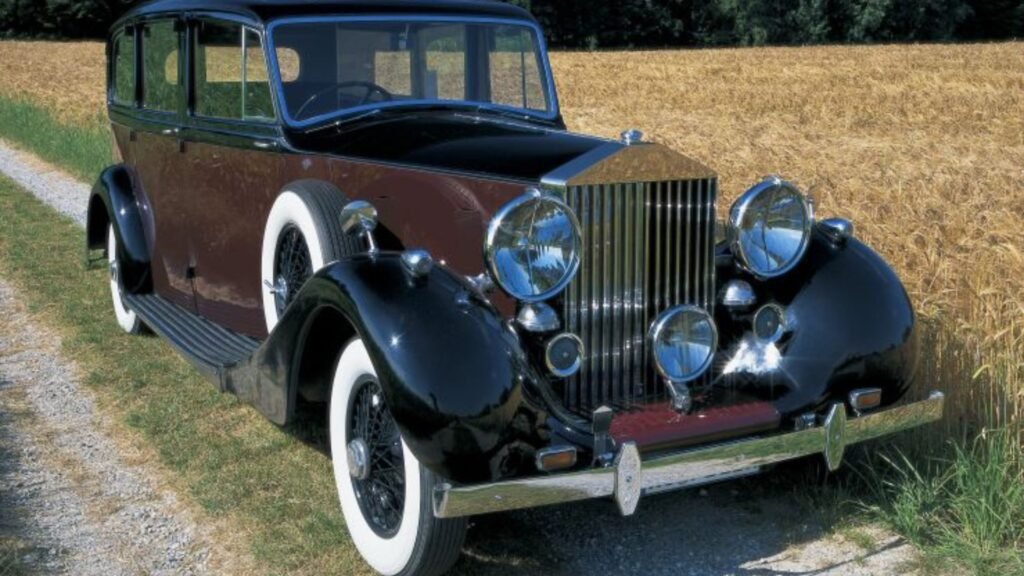Tips for Driving Vintage Cars Safely
Driving vintage cars safely is both an art and a joy. These classic beauties offer a unique driving experience that modern vehicles just can’t replicate. However, driving a vintage car requires a different approach to ensure safety on the road. In this article, we’ll share some essential tips to help you enjoy driving your vintage car while keeping safety in mind.
Understand Your Vintage Car’s Unique Features
Every vintage car has its quirks and features that set it apart from modern vehicles. To drive safely, you need to be familiar with your car’s specific characteristics. Vintage cars often lack modern safety features like airbags, power steering, or anti-lock brakes. Get to know how your car handles, how quickly it stops, and how it performs in different weather conditions. By understanding these unique features, you can better anticipate how your car will react and make safer driving decisions.

Perform Regular Maintenance Checks
One of the best ways to ensure you’re driving vintage cars safely is to keep up with regular maintenance. Vintage cars require more frequent checks than modern ones. Always check the brakes, tires, lights, and fluids before taking your car out. Regular maintenance will help prevent breakdowns and accidents, ensuring your car stays in top condition. Don’t forget to check the battery, as older cars might have more issues with power and charging.
Adjust Your Driving Speed
Driving vintage cars safely means adjusting your speed according to the car’s capabilities. These cars may not handle high speeds as well as modern vehicles. Their braking systems and steering might not be as responsive, making it harder to stop quickly or maneuver around obstacles. Always drive at a moderate speed, especially in traffic or on unfamiliar roads. This will give you more time to react and keep both you and your car safe.
Use Defensive Driving Techniques
Defensive driving is key when it comes to driving vintage cars safely. Be aware of other drivers and anticipate their actions. Keep a safe distance from other vehicles to allow more time to stop if necessary. Vintage cars might not accelerate or brake as quickly as newer models, so it’s crucial to stay alert and avoid aggressive driving.
Avoid Bad Weather Conditions
Whenever possible, avoid driving your vintage car in bad weather. Rain, snow, and ice can be dangerous, especially for older vehicles that may not have advanced traction control. Driving vintage cars safely in poor weather conditions is challenging because these cars were built with different materials and technology that might not handle moisture or cold very well. If you must drive in bad weather, slow down and be extra cautious.
Plan Your Route in Advance
Knowing your route beforehand can help you drive more safely. Plan your trips to avoid heavy traffic areas and rough roads that might be challenging for your vintage car. Having a clear route in mind will reduce stress and allow you to focus on driving. This is especially important if your car has less powerful engines or less effective cooling systems that could overheat in stop-and-go traffic.
Stay Visible
Vintage cars may not have the bright lights or reflective surfaces that newer models do, making them less visible to other drivers, especially at night. Make sure your lights are functioning properly, and consider adding extra reflectors if needed. Staying visible is crucial when driving vintage cars safely. Always use your headlights in low-light conditions and use your turn signals well in advance.
Upgrade Safety Features Where Possible
While it’s important to maintain the authenticity of your vintage car, consider upgrading safety features where possible. Adding seat belts, improving brakes, or installing a better lighting system can enhance your safety without compromising the car’s vintage appeal. These small upgrades can make a big difference in driving vintage cars safely.
Know Your Limits
Driving a vintage car safely also means knowing your limits. If you feel uncomfortable driving in certain conditions or situations, it’s okay to avoid them. Whether it’s navigating steep hills, heavy traffic, or long distances, trust your instincts. There’s no shame in taking extra precautions to ensure your safety and the preservation of your classic car.
Stay Alert and Focused
Distractions are dangerous when driving any car, but especially when driving vintage cars. Stay focused on the road and avoid using your phone or other distractions. Vintage cars require more attention because of their unique handling and response. Keeping your full attention on driving will help you anticipate potential issues and react more effectively.
Join a Vintage Car Club
Joining a vintage car club can provide valuable insights and tips from other vintage car owners. These clubs often organize driving events, maintenance workshops, and other activities that can help you learn more about driving vintage cars safely. Connecting with others who share your passion can be both enjoyable and educational.
Know Where to Find Spare Parts
In case of a breakdown, knowing where to find spare parts is essential. Keep a list of trusted suppliers who specialize in vintage car parts. Having quick access to spare parts will ensure that your car can be repaired quickly and safely, keeping it in good working order for all your drives.
Practice Regularly
The more you drive your vintage car, the more comfortable you will become with its handling and performance. Practice makes perfect when it comes to driving vintage cars safely. Regular driving will help you become more familiar with your car’s quirks and improve your confidence behind the wheel.
Carry a Basic Toolkit
Having a basic toolkit in your vintage car can be a lifesaver in case of minor issues. Tools for changing a tire, checking the battery, or fixing a loose part can help you stay on the road safely. Knowing how to perform simple repairs can save you time and prevent minor issues from becoming major problems.
Enjoy the Experience
Finally, remember to enjoy the experience of driving your vintage car. These vehicles offer a connection to the past and a unique driving feel that modern cars can’t replicate. By driving safely and responsibly, you can enjoy your vintage car for many years to come.
Conclusion
Driving vintage cars safely requires knowledge, preparation, and caution. By understanding your car’s unique features, performing regular maintenance, and adjusting your driving habits, you can ensure a safe and enjoyable experience. Whether you’re a seasoned vintage car owner or new to the world of classic automobiles, these tips will help you keep your car in great condition while staying safe on the road.

